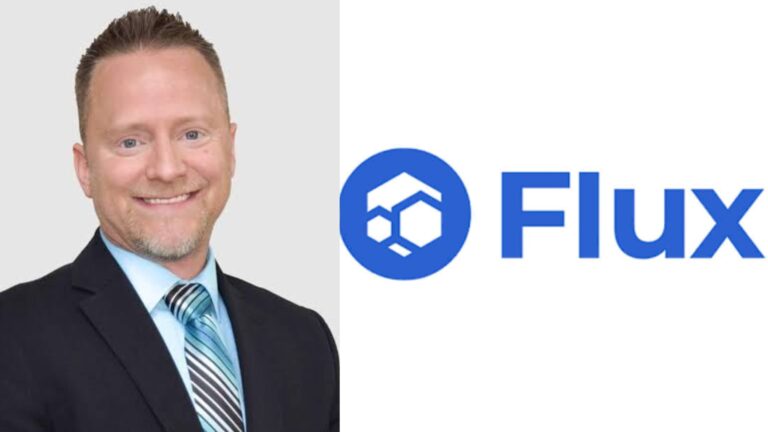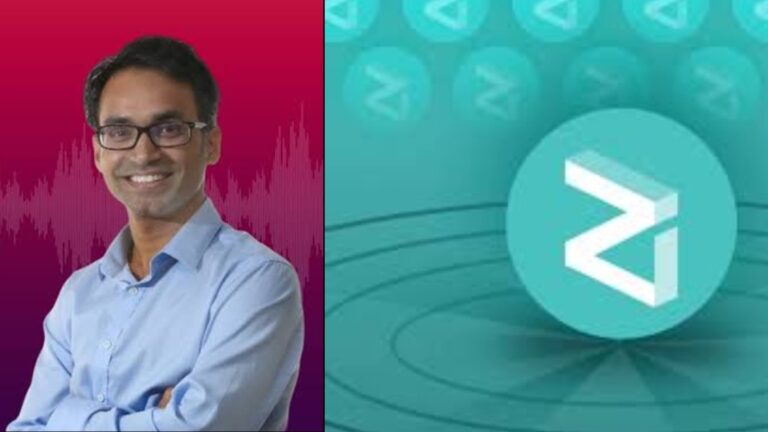Constellation (DAG) Explained: Everything You Need to Know Before Investing – By Founder Benjamin J. Jorgensen

Here’s a complete SEO-optimized blog post on Constellation (DAG) and Its Investment Potential:
Constellation (DAG) Explained: Everything You Need to Know Before Investing – By Founder Benjamin J. Jorgensen
Introduction
Blockchain technology is evolving rapidly, and Constellation (DAG) is emerging as a next-generation solution for scalability, data security, and interoperability. Founded by Benjamin J. Jorgensen, Constellation offers a unique approach to decentralized data processing using its innovative DAG (Directed Acyclic Graph) architecture.
If you’re considering investing in Constellation’s DAG token, this guide will cover its technology, use cases, tokenomics, risks, and future growth potential.
What Is Constellation (DAG)?
Constellation is a layer-0 blockchain protocol designed to secure and validate data at scale. Unlike traditional blockchains like Bitcoin and Ethereum, which rely on linear blockchains, Constellation uses DAG technology, enabling faster, more scalable, and cost-efficient transactions.
The native token DAG plays a vital role in securing the network, rewarding node operators, and facilitating transactions.
Key Features of Constellation (DAG)
✅ DAG-Based Architecture – Eliminates traditional block limitations, ensuring high scalability.
✅ Interoperability – Connects with existing Web2 and Web3 systems.
✅ Zero Transaction Fees – Unlike Ethereum, Constellation offers feeless transactions.
✅ Government & Enterprise Adoption – Used in data validation, AI applications, and defense sectors.
How Does Constellation (DAG) Work?
Constellation is built for big data processing, making it ideal for industries like AI, cybersecurity, and enterprise data management.
🔹 DAG-Based Consensus (Hypergraph) – Uses a non-linear structure, enabling unlimited scalability.
🔹 State Channels – Allows businesses to create custom decentralized applications (dApps).
🔹 Proof-of-Reputable-Observation (PRO) – A unique consensus mechanism ensuring secure, high-speed transactions.
🔹 Integration With Existing Systems – Works alongside cloud-based infrastructure like AWS and Google Cloud.
Real-World Use Cases of Constellation (DAG)
Constellation’s technology is widely used in big data security, AI applications, and enterprise solutions, including:
📌 U.S. Government & Defense – Constellation partners with the U.S. Air Force for secure data validation.
📌 Enterprise Data Security – Businesses use DAG technology to verify and protect sensitive data.
📌 AI & Machine Learning – Provides a trustless, scalable environment for AI data analysis.
📌 Cross-Chain Interoperability – Connects different blockchain ecosystems without bottlenecks.
Constellation (DAG) Tokenomics & Supply
✅ Total Supply – 3.7 Billion DAG
✅ Circulating Supply – 1.27 Billion DAG
✅ Consensus Mechanism – Proof-of-Reputable-Observation (PRO)
✅ Utility – Network security, transaction validation, and enterprise solutions
Unlike many blockchains, Constellation’s DAG model ensures decentralized governance and token utility across industries.
Should You Invest in Constellation (DAG)?
Constellation (DAG) is an innovative solution for scalable, secure data processing, but like any crypto investment, it has potential risks.
Pros & Cons of Investing in DAG
✅ Pros:
✔️ Scalable & High-Speed Network – More efficient than traditional blockchains.
✔️ Strong Enterprise & Government Adoption – Trusted by defense and tech industries.
✔️ Feeless Transactions – Eliminates high transaction fees seen in Ethereum.
❌ Cons:
⚠️ Limited Retail Adoption – Primarily used in enterprise sectors rather than retail transactions.
⚠️ Early-Stage Technology – DAG-based networks are less tested than traditional blockchains.
⚠️ Regulatory Uncertainty – Government regulations could impact data security projects.
Conclusion
Constellation (DAG) is one of the most promising layer-0 blockchain solutions, offering unlimited scalability, enterprise adoption, and feeless transactions. Its partnerships with the U.S. Air Force, AI companies, and data security firms make it an attractive long-term investment.
However, investors should conduct thorough research (DYOR) and monitor enterprise adoption rates and regulatory developments before investing.






